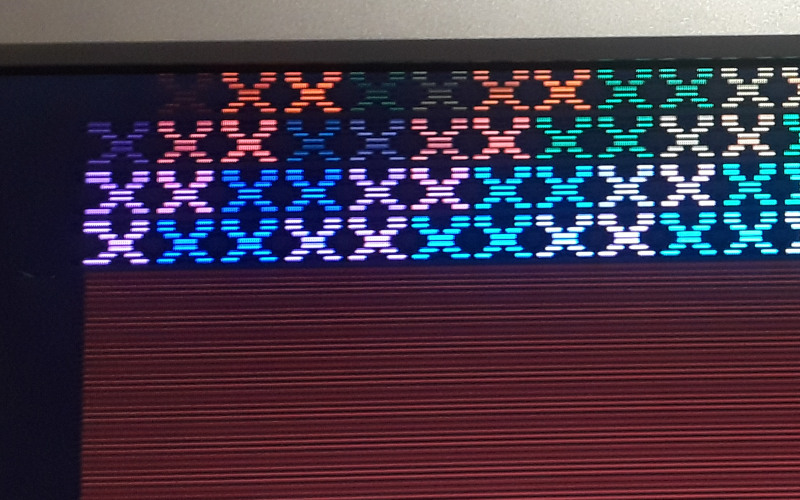Retrochallenge 2018/09, 2019/03
Pre-competition Warm-up
Before the competition starts, I need to verify the hardware and it's software 'demo' programs still work, and my development environment in AVR Studio is in a good state. I may find and work out bugs in the 16-bit emulated CPU or hardware drivers. I won't start the new cat-os github repo until September 1st, nor will I attempt wrapping any of the hardware drivers into any OS-like framework until September 1st. This is just ensuring I have all my hardware and existing software base ready.
Scope for Competition
My goal is to come up with a simple OS that can, (in this order):
- Read and write serial port (printf/scanf from the kernel)
- Run an AVR program that has been stored in executable flash.
- Read keyboard and display text on VGA.
It looks like a lot, but all the hardware drivers are already written. They just need to be organized into a framework. For example, reading the keyboard, reading from a file, or reading the serial port, should all the the same interface. RIght now they are readkey(), serin() and ps2key(), but it should be getchar(int devicenum);
This is the first powerup in probably about a year. The VGA output demo still runs. This is where I'll leave it until competition starts.

The "scanlines" effect is not a goofy attempt at mimicing a bad CRT monitor. The default video mode of the Cat644 is 256x240. This uses the 640x480 VGA timings, which means every line is doubled. Since this computer generates the screen using the CPU, over 90% of the CPU is taken up by this task. This is "slow" mode. If only every other line is drawn, you get the scanline effect, no loss in screen resolution, and 50% of the CPU is recovered. This is "fast" mode.
(view all as one document)